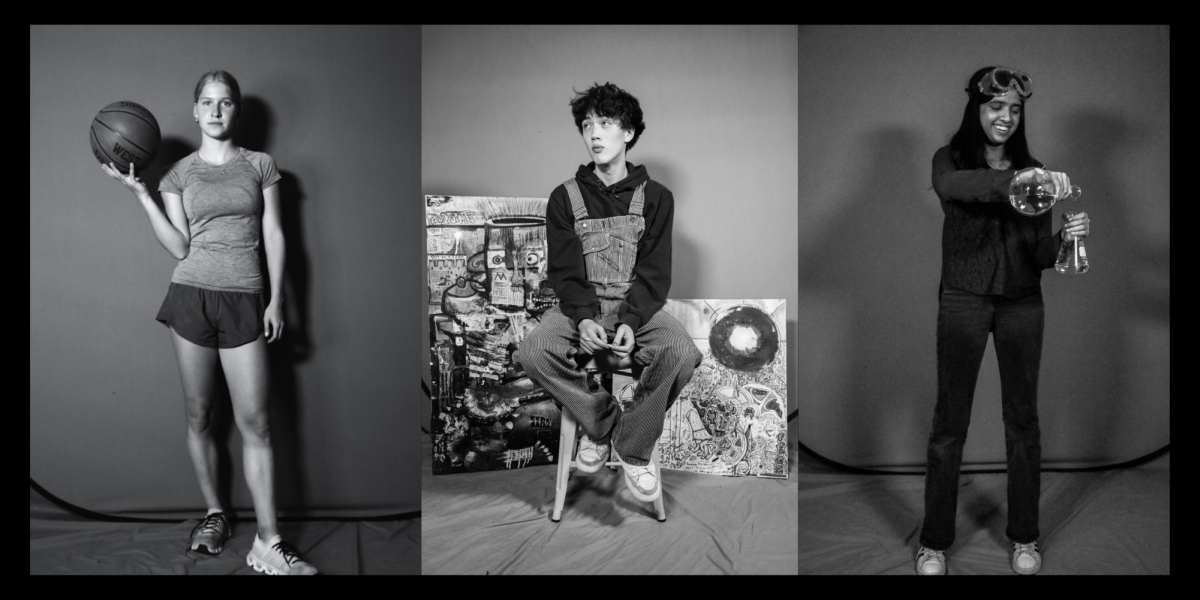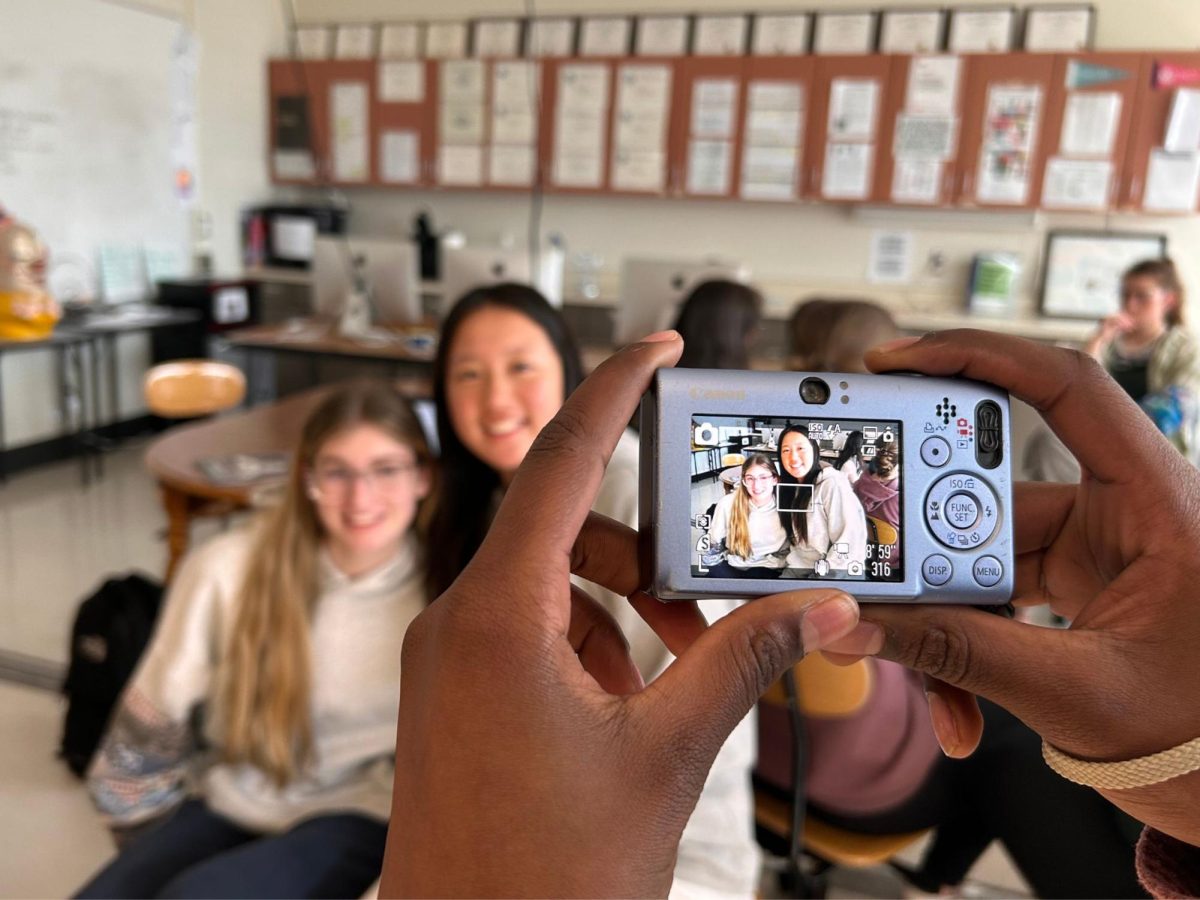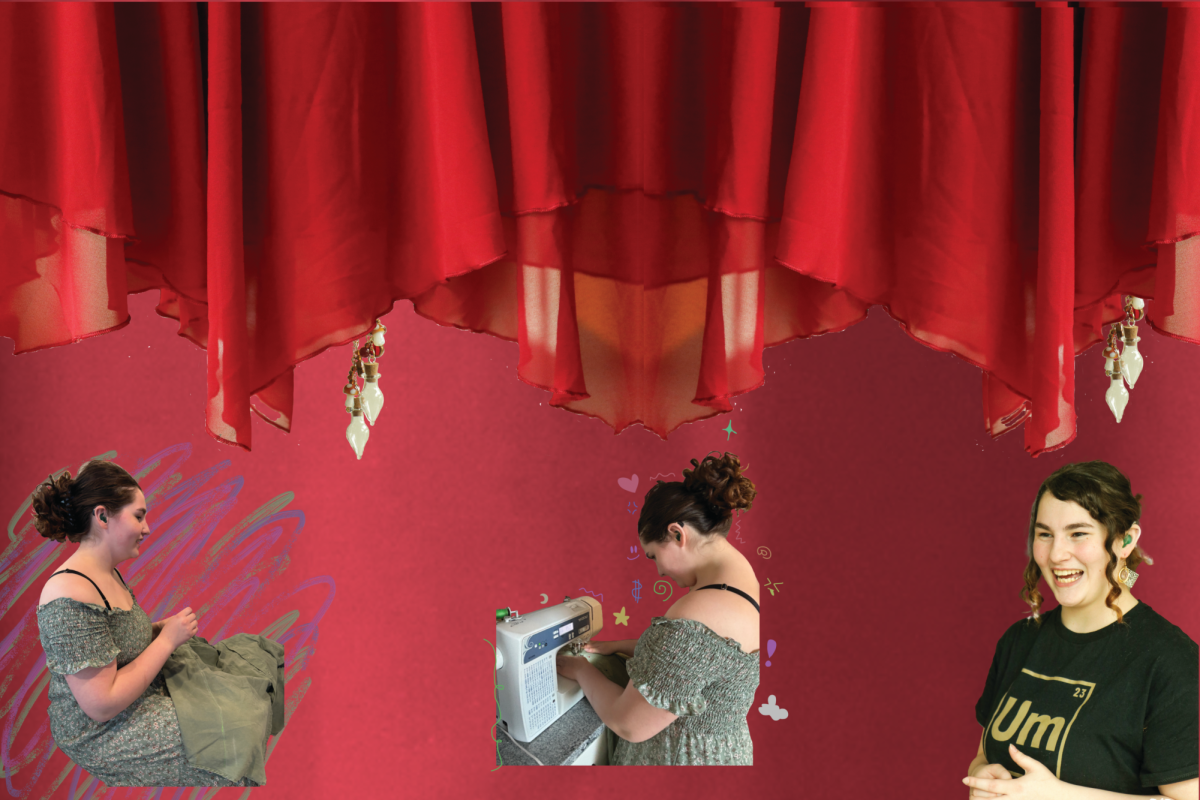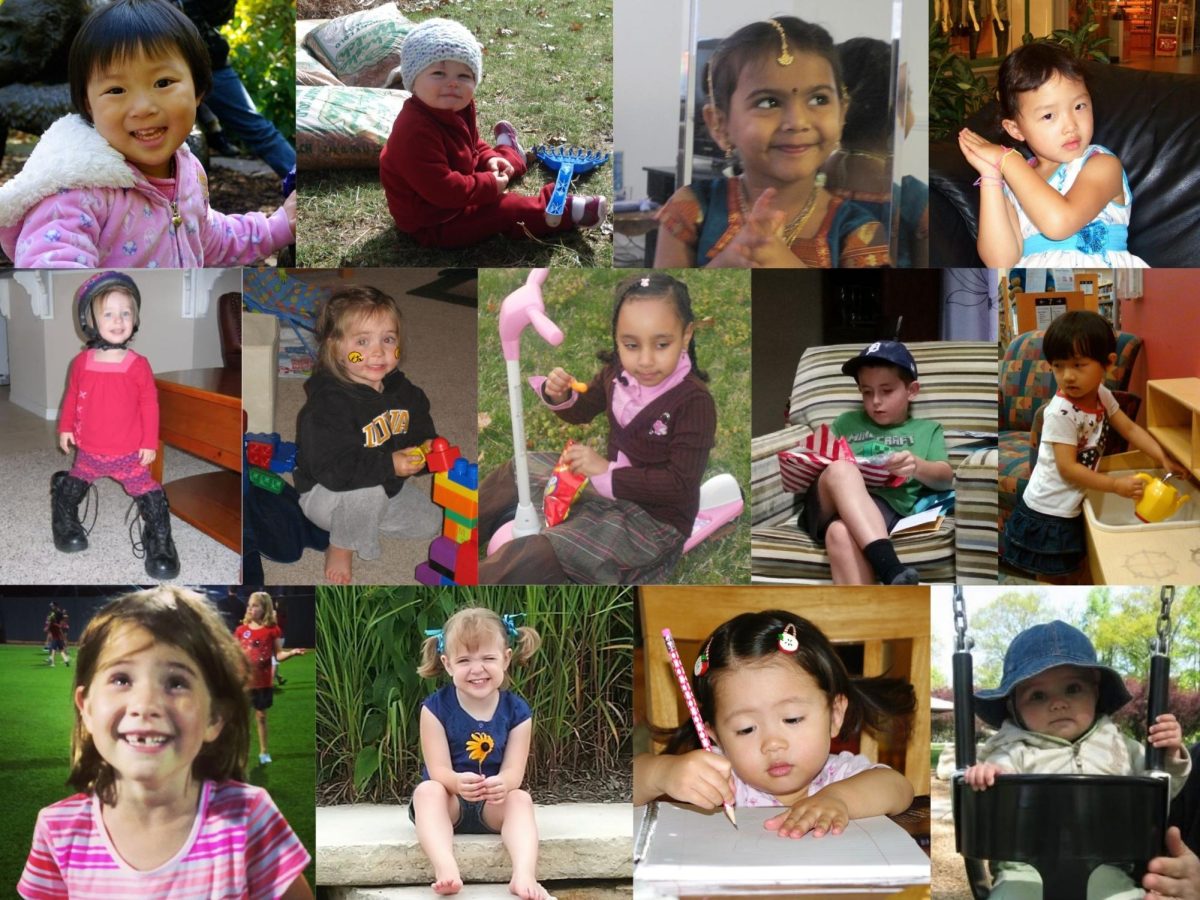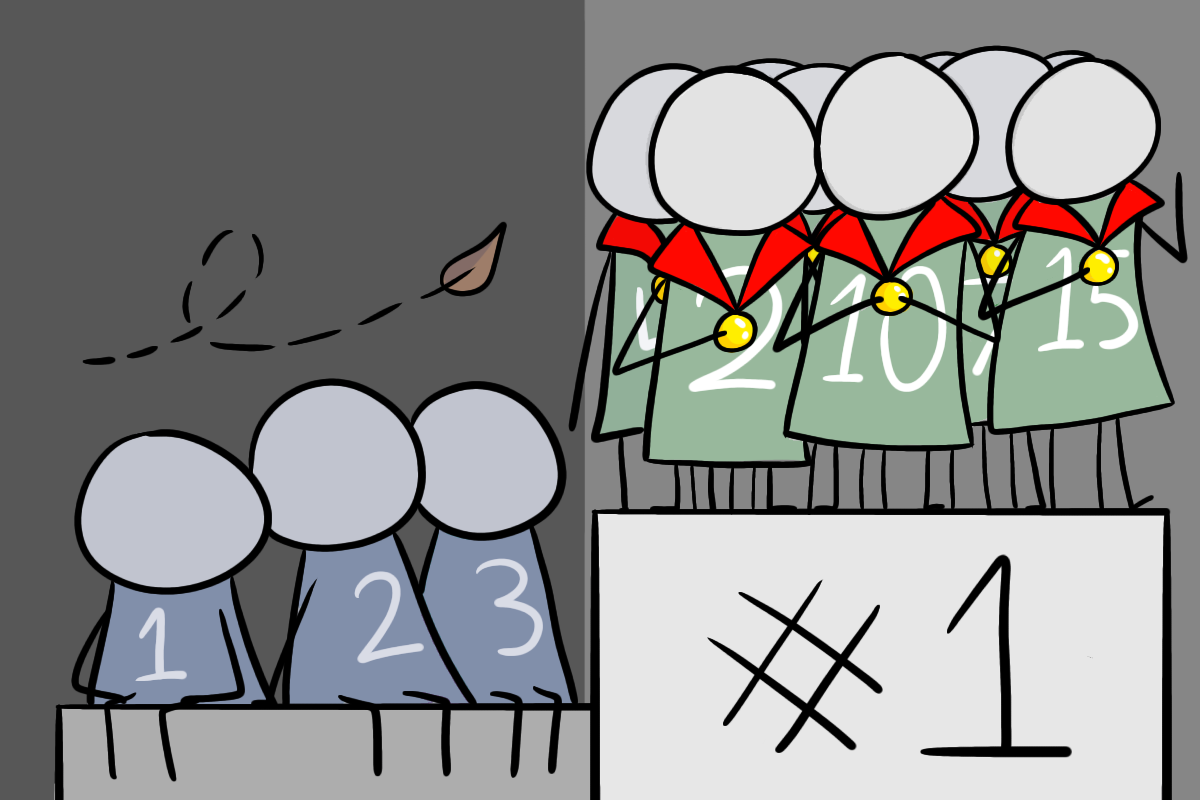You’d expect that with women making up a little over half of the world population, there would be more representation in the world of STEM. Specifically, in engineering. However, only 16% of women are present in robotics and engineering roles.
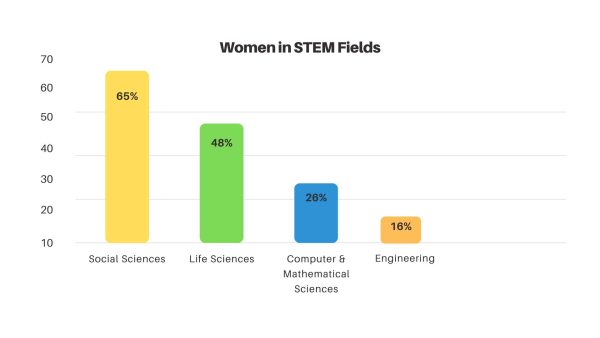
First Tech Challenge (FTC) and First Robotics Competition (FRC) are two robotics organizations that fall under the larger establishment, FIRST (For Inspiration and Recognition of Science and Technology). While FTC is designed for students ages 12-18 and FRC is for 14-18 year-olds, competition is fierce in both groups.
The main appeal of FTC and FRC robotics is the hands-on aspect. Girls join a team with the desire of being on build, but are either dismissed or pushed to more stereotypical roles, like business.
Anjali Mathews ‘24 noticed that build was male-dominated early on when she joined an FTC team. “I think, in general, if you look at the team dynamics, most of the build is consisted of guys, and the rest are all the non-builders,” Mathews said. This leads to sexism that is ingrained in STEM communities, discouraging girls from joining a robotics team in the first place, which then creates a higher ratio of boys to girls.
It’s a continuous cycle, creating a barrier in communication which then leads to men using their voice as a weapon to get their way. Girls are shamed for showing emotion, yet boys are praised for it. It’s an unfair double standard that doesn’t seem to be going away any time soon. What is unfortunate is that when a girl joins the team, it is automatically assumed that she lacks experience and can’t be trained. The girl is then neglected or pushed into an unwanted role. Unfortunately, speaking up about the situation doesn’t help get to the root of the problem.
When women are constantly missing out on opportunities that their male teammates get, it discourages them from participating at all. Thus, leaving fewer girls on the team. Tiff Lieberman ’25 discovered this when she was a member of an FRC team doing outreach. “I feel like most of the team are men. And just being a woman on the team. It feels lonely. Even though there’s a few other women, they’re not always there to support me,” Lieberman said. “And most of the women that were on the team did more business stuff. And not a lot of the women actually did building. Which is what I was interested in.”
Though FIRST promotes the inclusion of women in robotics and advocates for them, the issue is still recurring within individual teams. But it’s not too late for change to be made. As a STEM community, the “that’s just the way things are” mentality needs to be ditched, and excuses defending boys’ behavior need to stop. “Oh, they just don’t know how to talk to women” or “Girls just need to toughen up” aren’t valid reasons for the unfair treatment women face in STEM. Teams should follow the FIRST Core Values along with the equity, diversity and inclusion strategy- with a clear emphasis on “equality.”
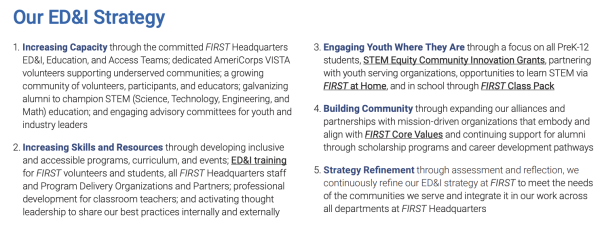
Furthermore, girls need to see more representation of themselves on teams and be on a level playing field with their male teammates. With rising female interest in FTC and FRC robotics, teams made up of all girls emerged. Teams like FTC 12863 Flourish and Bots (Bettendorf, Iowa) aim to empower young girls to become leaders in STEM. Such positive enforcement can help minimize the spread of negative stereotypes and get girls more involved with robotics, specifically.





